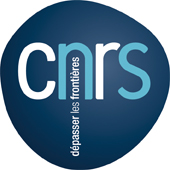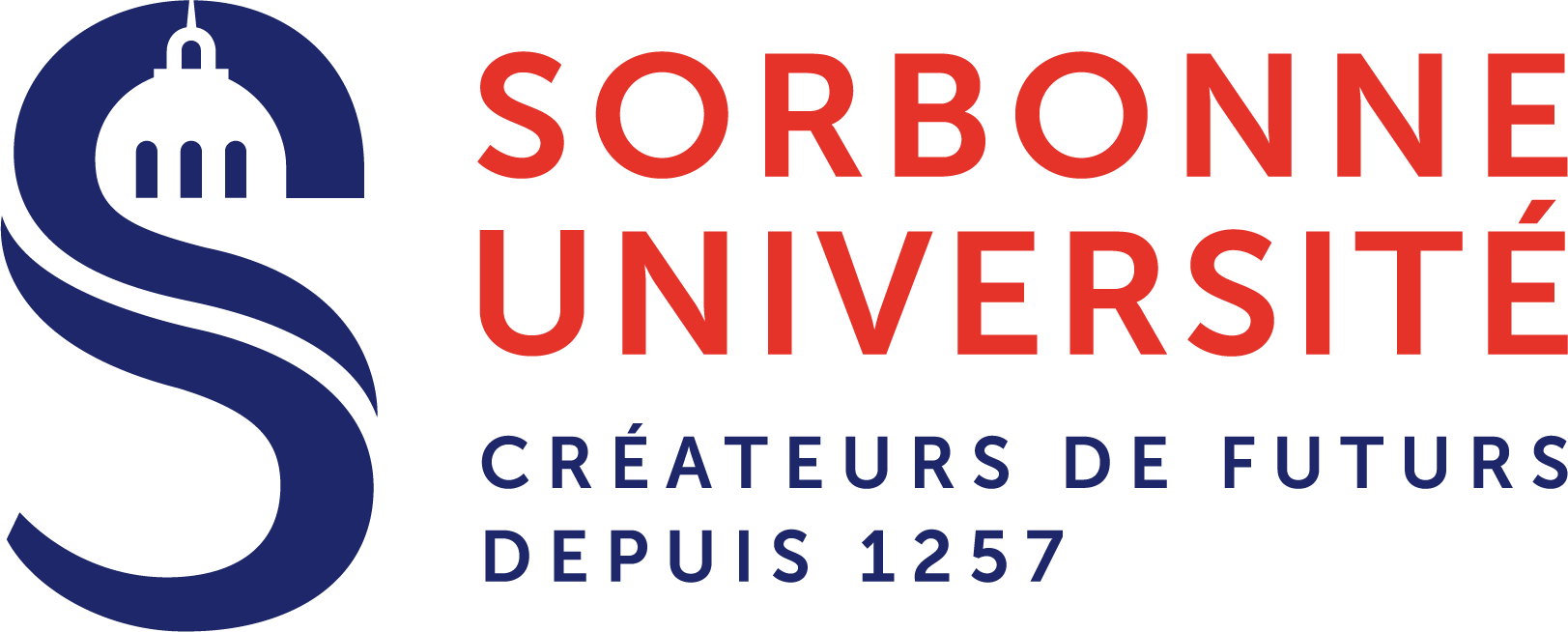Writing Workshops
What is a writing workshop?
- It is an efficient way to collect feedback from your colleagues about an on-going project during the early phases of writing.
- Participating can provide an external motivation for writing the important parts of your paper.
- It encourages you to start writing earlier and generally improves the quality of the final paper.
- It provides a global awareness of what your colleagues are doing.
How does it work?
Authors:
- Authors have to write some parts of the paper. We initially focus on the title, the abstract, the keywords, and the introduction of the paper (and figure 1 if it is relevant), but it could also be the experimental design section, related work, etc. Focus on parts where you would like an outside opinion on.
- If you don’t want people to see parts which are still very drafty, you can delete those pages from the pdf before sharing. Just make sure that the references cited in the part you want reviewed are included in the pdf you distribute.
- Indicate explicitly (as a comment directly on the pdf) which part of the paper should be reviewed. Unless agreed otherwise and in advance, be reasonable and don’t ask people to read more than 1-2 pages.
- Ideally, also indicate at what level you want feedback. If you’re still at the stage where you trying to figure out the story of your paper, there is no need that someone gives you feedback on low-level issues. If it’s getting close to the deadline, you may need feedback on clarity and wording.
- Use the correct template for your venue from the beginning and put author names for writing workshops (but don’t forget to remove them when you’re submitting to a conference with a (double) blind reviewing process).
Reviewers:
- Writing workshops should not take too much of your time. The idea is that it shouldn’t take you more than 1h – 1.5h to prepare for the workshop. You should not spend more than about 15 minutes on a paper (unless you volunteered to proof-read an almost final submission).
- How many submissions should you read?
- The basic principle is: the more you submit, the more you review. This affects mostly permanents who tend to be on multiple submissions. At the same time, more experienced people tend to be faster when reviewing articles, so the overall time investment is likely similar.
- It is rarely useful for everyone to read every submission. If the meeting is only about abstracts or if there are only 3 or 4 intros to read then that’s doable but otherwise we use a spreadsheet where people can sign up.
- The spreadsheet should be send out 1 week before the meeting.
- Authors fill a line indicating that they will send something.
- Reviewers then indicate which articles they are willing to read.
- Please make sure that there are reviewers for all submissions and, for the permanents, make sure that there is at least one non-co-author permanent on each submission.
- When reading the submission, focus on high-level comments such as “I do not understand this sentence”, “what is the problem you address”, “what is the contribution”, “what is special about the approach”, etc.
- You should NOT focus on typos and grammar issues unless it’s about a recurring issue where learning that it’s a common mistake would save the author time in the future.
- Be constructive.
- Upload a copy of the pdf with your annotations before the meeting.
Timeline
- One person is assigned to be the organizer of the meeting. Organization consists of doing the tasks listed here in the timeline, reminding people of deadlines, and keeping time during the meeting.
- One week before the meeting, the organizer creates a copy of this spreadsheet and then sends out an email to the group asking authors to sign up for having their articles reviewed.
- Four days before the meeting, the organizer sends out a reminder asking people to sign up for reviewing one of the submissions. Authors should have listed their paper by then.
- Two days before the meeting, authors upload a pdf to the corresponding shared ISIR cloud folder. Use your ISIR credentials to sign in. Tell one of the permanents if you don’t yet have access to it. Make sure that the file name contains your name.
- During the group meeting we use the following rules:
-
- We divide the available time, 1h, by the number of papers and one person is assigned to keep track of time. Usually, each paper gets between 5-10 minutes discussion time (can be more depending on the number of current submissions).
- We take turns and provide feedback.
- Authors are not allowed to respond to comments unless reviewers ask them explicitly to clarify something.
- There is no need to repeat comments already made by someone else. If you agree with something that’s currently being said about a submission you have read, do the ASL sign for applause to give more emphasis to the current statement:
- After the meeting, authors should write down who provided feedback on their work to be able to thank people for their time in the acknowledgments of their article once accepted.
Ressources


